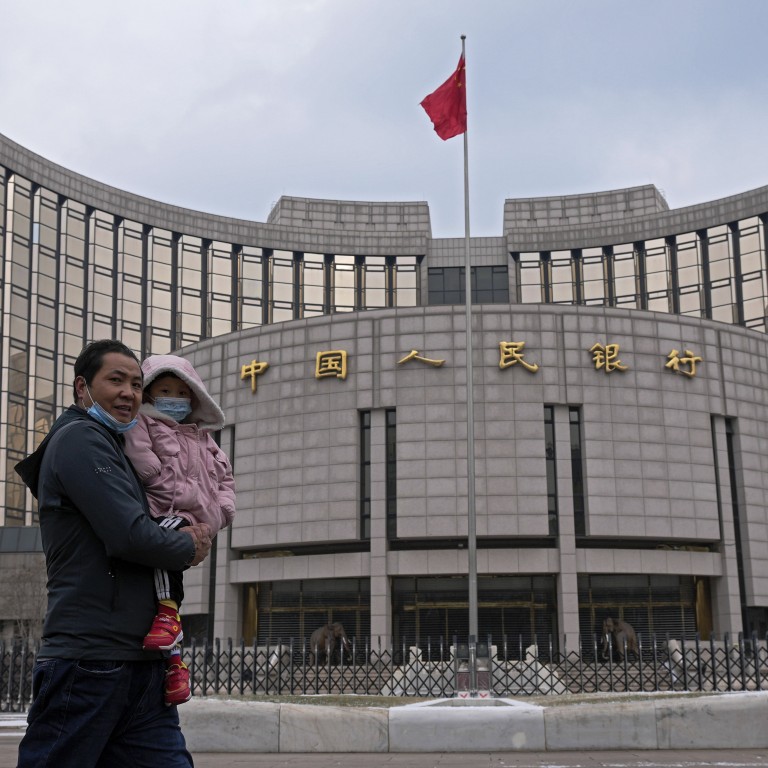
China debt holdings slashed by over 100 billion yuan in May, Beijing eager to ‘safeguard’ currency
- Foreign investors sold 110 billion (US$16.37 billion) net of China’s government debt in May
- Total overall holdings fell to 3.66 trillion yuan after investors cut their holdings for the fourth consecutive month
Foreign investors slashed their holdings of Chinese government bonds for the fourth consecutive month in May amid growing monetary policy divergence between its central bank and the US Federal Reserve that could further weaken the yuan.
Foreign investors sold 110 billion yuan (US$16.37 billion) net of China’s government debt last month, cutting their total overall holdings to 3.66 trillion yuan, the People’s Bank of China (PBOC) said on Wednesday.
The PBOC data showed that in May, international investors held a total of 2.38 trillion yuan worth of Chinese government bonds and 90 billion yuan worth of bonds issued by China’s policy banks, or quasi-sovereign debt because the banks have the implicit support of the government.
The sell-off comes as the world’s two largest economies have gone in opposite directions in their monetary policies, which could drive further fund outflows from yuan-denominated debt.
The PBOC is cognisant of the risks for the yuan from the growing yield divergence between US dollar and yuan rates. As such, it may leave rates unchanged or only implement modest cuts in order to safeguard the yuan
“The PBOC is cognisant of the risks for the yuan from the growing yield divergence between US dollar and yuan rates. As such, it may leave rates unchanged or only implement modest cuts in order to safeguard the yuan.”
Meanwhile, China’s holdings of US Treasuries plunged in April to their lowest level since May 2010, according to the US Treasury Department on Wednesday.
How much is China’s foreign direct investment, is it still a good destination?
China’s holdings dropped to US$1.003 trillion in April, down by US$36.2 billion from the previous month.
China’s foreign exchange reserves – the world’s largest – rose to US$3.13 trillion last month from US$3.12 trillion in April, according to data from the State Administration of Foreign Exchange.
China does not disclose where its foreign reserves are invested, but most of its holdings have traditionally been in US government bonds.
China has been steadily cutting its holdings in US Treasuries since November as Beijing continues to diversify its foreign exchange investments.


